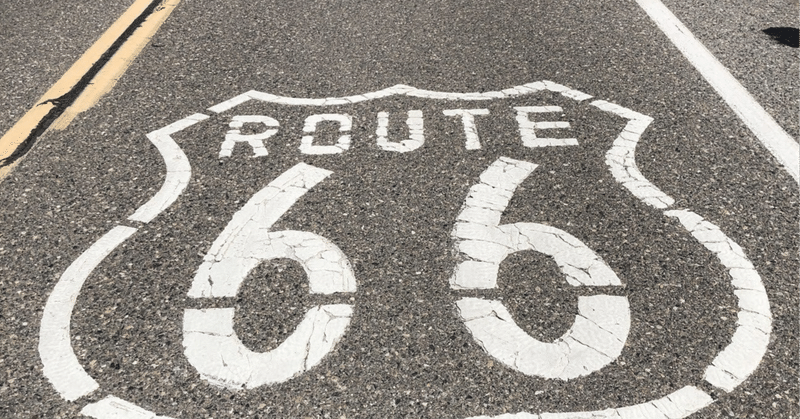
気ままなリライト43
The Ministry of Land, Infrastructure, Transport and Tourism is making a road map for a three-year project to boost tourism along historic routes around Tokyo by presenting the image of the Kanto region as a unified platform for the exploration into the tapestry of Japanese history and culture woven under one common theme. The project led by Kanto District Transport Bureau, in cooperation between public and private sectors is aimed at producing a far-reaching economic effect beyond the boundaries of eleven prefectures through main five historic routes starting in Edo, now Tokyo called Edo Five Routes constructed by the Tokugawa Shogunate during the Edo period from 1603 to 1868. The five routes are Tōkaidō, Nakasendo, Koshu Kaido, Oshu Kaido and Nikko Kaido.
The best-case scenario for the project is outlined, based on the concept of tourism focused on cultural and historic resources along Edo Five Routes to magnetize domestic and international tourists in search of something Japanese or exotic. The scenario goes as follows. The image of Edo Five Routes is emphasized as a unifying guide to roadside attractions in the Kanto region to give the region a marketing advantage over other regions. Exposing target prospects to the image increases their tendency of dipping their toes into a holiday experience in the Kanto region. The effect of the image is reinforced by the stories tickling tourists’ fancies about the national heritage based on the historical background characteristic of each route. Scenic and historic trails are arranged through a complementary partnership between municipalities in the Kanto to make railways and highways running along Edo Five Routes serve as tourist convenience. Exhibits in post stations set up along the routes for ancient travelers to rest give visitors a few glimpses of how Japanese culture and history are shaped through various historical events. The curiosity about Japanese history makes tourists hunger for more bites on the Edo five Routes adventure through a more than three-day tour to the Kanto region with local hot springs, museums and historic landmarks.
The successful scenario for the project is requiring a lot of plates to be spun. With the advice from experts, what kind of service or experience satisfies the needs of target tourists is being examined. Research is being done about how potential the marketability of an Edo Five Routes-themed business program organized by each group of the project participants is. A unified digital platform has to be set up to incorporate area-based business programs into an orchestrated framework. The platform has to be served as a centralized control tower for an all-around advertising campaign about what the project has to offer. The logo and convincing sales copy for the project have to be created to make prospects want to get themselves on the journey of Edo five Routes. Local project managers have to prove how compelling the business case for investing in what they are developing is from fiscal 2024.
A group of the project participants in Hiratsuka City, Kanagawa Prefecture including the city’s tourism association is finding Hiratsuka City as an attractive destination with historical and marketable value. The city, where a post station called Hiratsuka Post in Tōkaidō, one of the Edo five routes was located has historic attractions linked to a famous tycoon named Ieyasu Tokugawa. With an NHK historical drama called “What is the verdict, Ieyasu?” scheduled to go on the air in 2023 as a tailwind, the group in the city is aimed at luring history-minded tourists into the city where the remains of the castled palace Ieyasu used for falconry are preserved as a historical landmark, with a newly designed boxed lunch reminding hungry tourists of the legacy of the hawking tycoon.
この記事が気に入ったらサポートをしてみませんか?
